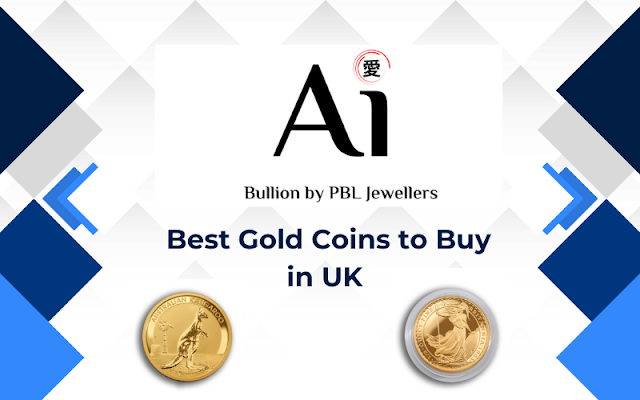A Complete Guide To The Most Valuable Gold Sovereign Coin
The Most Valuable Gold Sovereign Coin
The Gold Sovereigns with the
maximum value tend to have a very limited supply with age and collectability. Some
gold sovereign coins are so popular that buyers become confused which to have.
Let’s take a quick look at some
of those factors that impact their value.
Year of issuance
Generally the older the Sovereign
coin, the more historical value it bears. Considering them, the Queen Elizabeth
II gold sovereign coin is available at the lowest price as compared to George V,
Edward VII, Victoria, George IV and George III. People like to pay more for
older coins.
Number of coins issued and in
existence
Supply always gets affected by
two elements - the number of certain type coin issued and the quantity melted
down subsequently. If the demand beats supply, the price rises up.
The production of Edward VIII
Sovereign coins was limited as the king sat on the throne for a short period of
time in 1936. Mass minting was suspended prior to its beginning in January
1937. So only a small number of test coins exist today.
Collectability
The collectability of a Sovereign
coin is one of the key factors that affect its value. A vast majority of
Sovereign coins feature the well-known George and The Dragon motif on its
reverse. But to mark jubilee years, "Shield back" patterns have been
used infrequently. The good examples are 2002, 2012 and 2022 coins. Their
stunning design and relative scarcity work together to increase demand and, as
a result, pricing.
Collector demand will rise for
some Sovereigns since they bear less frequent British Empire mint marks, while
other coins can indicate the start or end of a monarch's reign. The recent 2022
Gold Sovereign has seen prices rise as supply struggles to keep up with demand.
The Sovereigns of George III
After a lengthy absence since
1603, the gold Sovereign was reinstated into the British coinage in the early
19th century. In 1817, when the reintroduced Sovereigns were first struck,
George III was the monarch.
As a result, his head was
reproduced on the obverse of the coins. But the King passed away in 1820. So,
just three years' worth of George III sovereigns were issued.
Other factors contributed to the small
amount of mintage generated during these years. At the time, there was no
demand for the coin, which prevented it from becoming popular. Only little more
than 3500 were being produced by 1819. There have been rumours that gold will
no longer be utilised to make coins. This was yet another aspect.
The reigns of many monarchs
The British gold Sovereign coin
has seen the times of a few rulers. George IV consented to the high position in
1820 and presently the Sovereigns were created with his picture. William IV
became Ruler in 1830 and by and by, another Sovereign was presented. In any
case, his reign was fleeting and finished in 1837 with his demise. It was
currently the beginning of the Victorian period and by 1838, the 'safeguard
back' Sovereign was being printed routinely at the Regal Mint.
Which is most valuable Sovereign then
Of the generally exchanged and
promptly accessible bullion Gold Sovereigns, the Youthful Head Victoria will in
general be the most significant with costs around £400-£450 each. The earliest
safeguard back forms will generally get costs at the highest point of that
reach.
Verification and more
extraordinary current Sovereigns can likewise get greater costs like the
Elizabeth II third head which exchanges around £400.
By 1890, all gold coins preceding
the Victorian time were reviewed by the public authority and the demonetization
became effective in 1891. This is another motivation behind why early
Sovereigns are scant today.
If you have read the post thoroughly,
you can now have the right Gold Sovereign
Coin.



Comments
Post a Comment